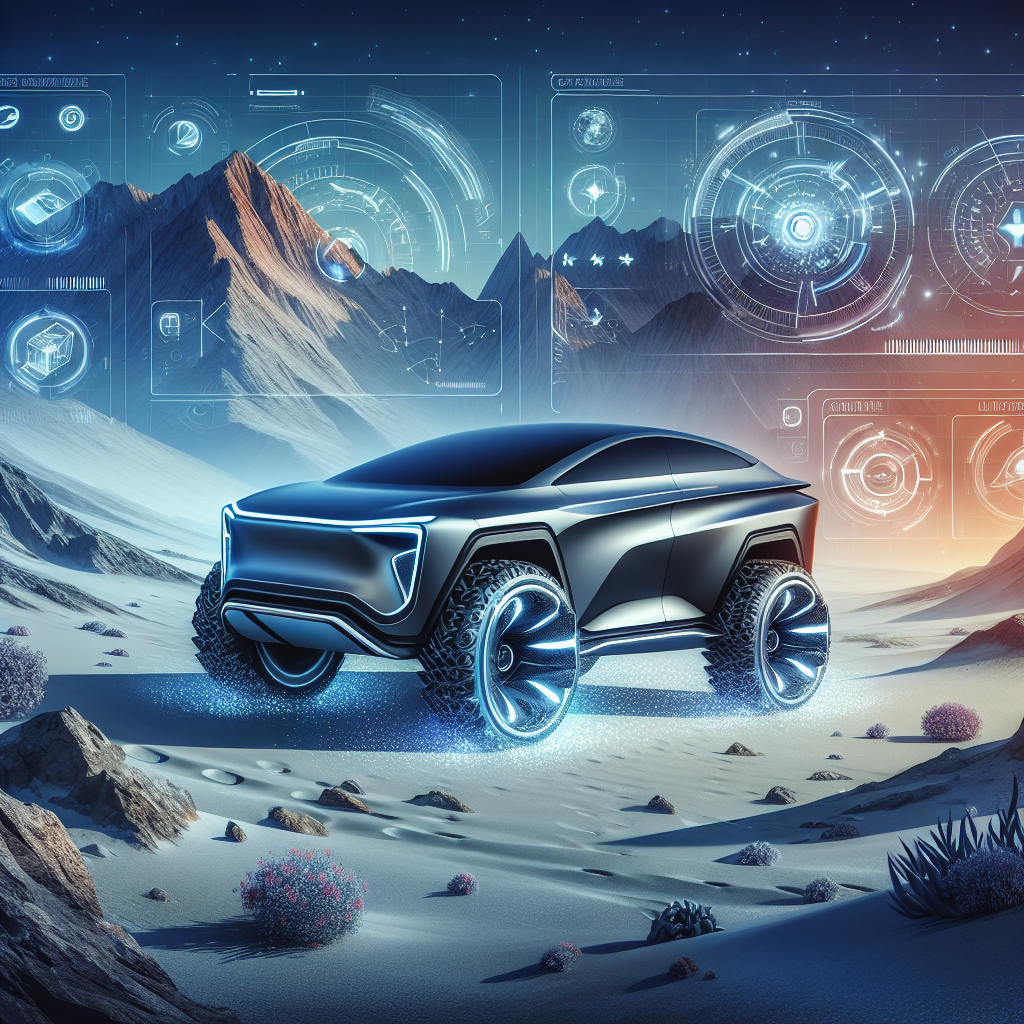Exploration has always been a fundamental aspect of human curiosity and progress. From the early days of sailing the seas to the modern era of space exploration, humans have always sought to push the boundaries of what is known and discover new frontiers. In recent years, advancements in technology have revolutionized the way we explore uncharted territories, with cutting-edge vehicles playing a key role in this transformation.
One of the most exciting developments in exploration vehicles is the rise of autonomous drones. These unmanned aerial vehicles (UAVs) have the ability to fly into remote and dangerous areas, providing researchers with valuable data and imagery without putting human lives at risk. Drones have been used in a variety of exploration missions, from mapping unexplored caves to surveying the aftermath of natural disasters. Their small size and maneuverability make them ideal for navigating tight spaces and capturing detailed images from unique vantage points.
Another groundbreaking vehicle that is revolutionizing exploration is the autonomous underwater vehicle (AUV). These robotic submarines can dive to depths that are unreachable by human divers, allowing scientists to study deep-sea ecosystems and underwater geology in ways that were previously impossible. AUVs are equipped with a variety of sensors and cameras that can capture high-resolution images and collect data on water temperature, salinity, and other key factors. This information is vital for understanding the complexities of the ocean and the impact of climate change on marine ecosystems.
In addition to drones and AUVs, advances in robotics have also led to the development of cutting-edge land vehicles for exploration. These vehicles are equipped with advanced sensors and technology that allow them to navigate rough terrain and harsh environments with ease. They can be used to study remote deserts, mountain ranges, and polar regions, providing valuable insights into the earth’s geology, ecology, and climate.
One example of a revolutionary exploration vehicle is NASA’s Mars Rover, which has been exploring the surface of the red planet since 2012. The Mars Rover is equipped with a suite of scientific instruments that allow it to analyze soil samples, take high-resolution images, and study the planet’s atmosphere. Its discoveries have provided valuable insights into the history of Mars and the possibility of life beyond Earth.
Overall, the development of cutting-edge vehicles for exploration has opened up new possibilities for scientists and researchers to study and understand the world around us. These vehicles allow us to reach places that were previously inaccessible and collect data that can help us solve some of the most pressing challenges facing our planet. As technology continues to advance, we can expect even more groundbreaking innovations in exploration vehicles that will continue to push the boundaries of what is possible.

Leave a Reply
You must be logged in to post a comment.